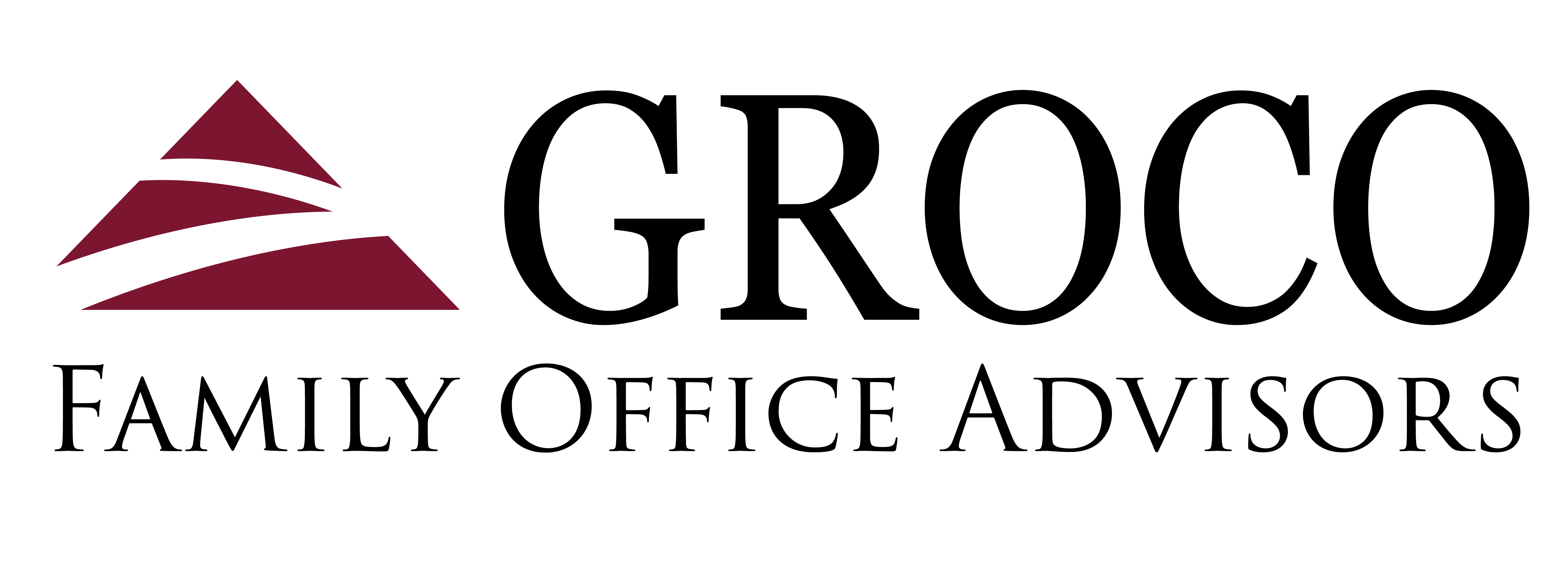Top Tax-Saving Moves Used By High Net Worth Individuals

One of the biggest complaints certain groups or individuals have against the wealthy is that they can take advantage of too many tax breaks and loopholes to lower their tax bill. So what are some of the top tax strategies that high net worth individuals use to keep their tax rates down, and could anyone else use them?
One of the top tricks used by the wealthy is that they make the most out of their investment income. Compared to the top income bracket that is taxed at a 39.6 percent rate, capital gain income on stocks held longer than a year is taxed at a top rate of 20 percent, which is almost half of the top income tax rate. The good news is that anyone can take advantage of this rule.
Another tax strategy used by the wealthy is to use their retirement plan accounts to invest in high-growth start-ups before they hit it big. This can pay huge dividends because, if you use a Roth IRA for example, any gains you make from your initial investment are tax-free.
High net worth individuals also avoid getting paid in cash as much as possible. One example is taking stock options instead of huge salaries. A person who does this doesn’t have to report these stock options as income right away. When they do exercise or sell them they will have to report them but any gains in stock value are taxed at the capital gains rate.
While not everyone makes enough to capitalize on these strategies, those who can and do are able to save considerable amounts of money in taxes. Contact GROCO to learn more.
Revocable Living Trust: Family Financial Security
Revocable Living Trust: Family Financial Security The times in which we live have brought new uncertainty and increased anxiety to our front doors. With the threat of terrorism and the reality of war, our safety and that of our loved ones are at the forefront of our concerns. For many a continually disappointing investment environment…
Municipal Bonds: A Source of Tax-Free Income
[vc_row][vc_column][vc_column_text]There’s one readily available and legal source of untaxed income that we know of: municipal bonds. These securities are issued by state and local governments, school districts, hospitals and other public agencies to support community projects and services. To permit these worthy endeavors to raise money economically, Uncle Sam exempts the interest that they pay…
Employers Offer Incentives for Weight Loss
Employers Offer Incentives for Weight Loss Looking to get some extra cash from the boss? Forget logging long hours, brokering that big deal or sucking up at the company holiday party. Employer weight loss programs Employers have begun dangling big incentives, such as cash bonuses and paid days off, to encourage workers to lose weight.…
“Values-based” Estate Planning
[vc_row][vc_column][vc_column_text] There are many facets of estate planning. Certainly, it’s important to craft a will that delineates how the fruits of years of hard work will be distributed to your loved ones—fairly and harmoniously. And, of course, crafting strategies that will maximize what you pass on at the minimum tax cost is an important goal.…

